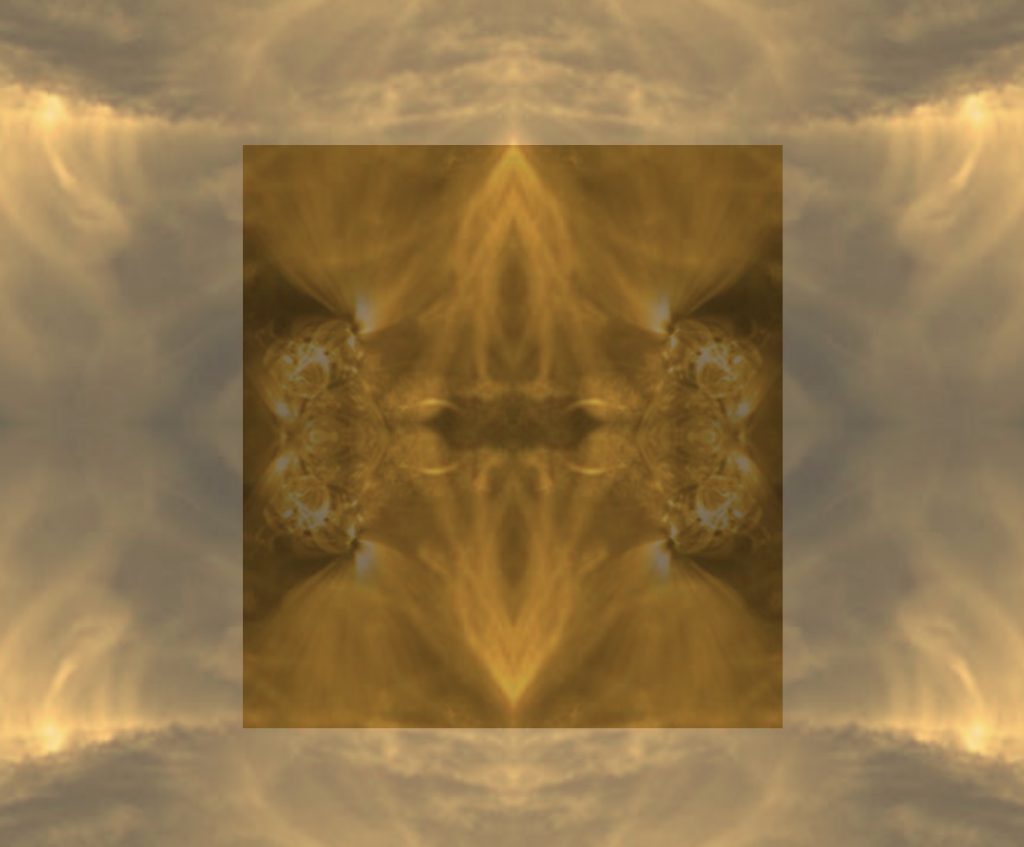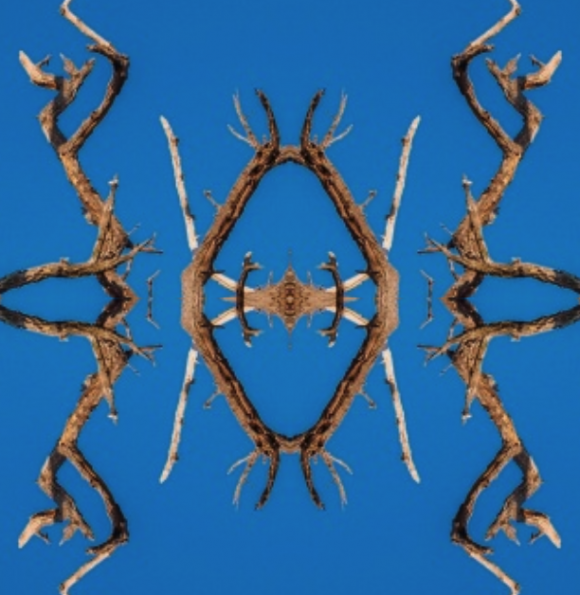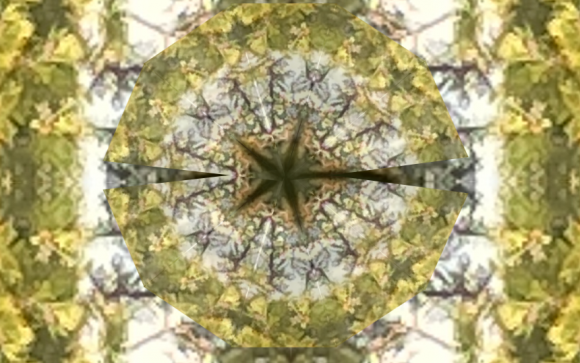Life may seem chaotic on the surface, but there is a hidden meaning in it. This idea is not something we can find empirically — by intersubjectively verifiable observation of stable, repeatable phenomena —, nor can we deduct it inferentially from axiomatic principles or the totality of facts. It’s an idea that we arrive at psychologically: by experiencing it in a metaphorical way.
The idea of a hidden meaning behind chaotic life (which Jung calls Spirit) thus belongs to the same class of notions as that of something which continuously runs counter to conscious personality (Shadow) and that of something which enlivens the world by producing ongoing projections everywhere (Anima). We can differentiate the ideas in this class by using Jung’s vocabulary; and we can do so mainly thanks to his work in describing their phenomenology: that is, the various ways and forms in which they do appear metaphorically in our experience. We must keep in mind, however, that such phenomenologies change over time, and that the metaphorical appearance of these ideas can be very different for each generation (although of course there are family resemblances). Therefore, the phenomenological work needs to always go on, even as we reflect on its findings in order to go behind them and find out more about the ideas themselves.

One of the ways in which Jung differentiated them was by showing dynamic interactions and interdependencies between them. There are personalities and shadows only because the soul projects them; there can be chaotic unknowns of the psyche only because there is a hidden meaning to ground them. Of course, when an individual experiences this (again: always in ways that are metaphorical), this happens rather in the reverse. We become aware, first, of our own personality, then, of our contrasting traits and behaviors in the Shadow, and from there, we may realize the Anima (the projection-making factor, as Jung says; see GW IX/II, §20) and in her background, finally, the presence of Spirit. And this order is not accidental: Spirit appears after an engagement with Anima precisely for the reason that Spirit is archetypically hidden meaning; its way of appearing is built into both these ideas at the deepest level: “When [the human mind] engages with the anima, her chaotic wilfulness prompts it to sense a secret orderliness” (GW IX/I, §66). Beforehand, the archetype of Spirit had “hidden inside the meaning-pregnant chaos of the anima” (GW IX/I, §66), but now it “emerges out of the dark background and takes possession of the conscious personality” (GW VII, §378). Likewise, the dark and negative image of the Shadow is a product of the projection-making activity of the Anima (characterized by Hillman as, among other things, personifying and pathologizing both the conscious personality and the Shadow): “On closer examination [the psychological shadow] turns out to be a darkness which itself covered other distinguishable factors, influential and autonomous, namely: animus and anima” (GW IX/II, §422.). Just as Spirit is hidden by the Anima, so is the Anima hidden behind the Shadow. And her emergence from it, again, is programmed into both these ideas and the dynamic between them.




[…] can it be that the dynamic (and the interdependencies) are built into the ideas of Spirit and […]